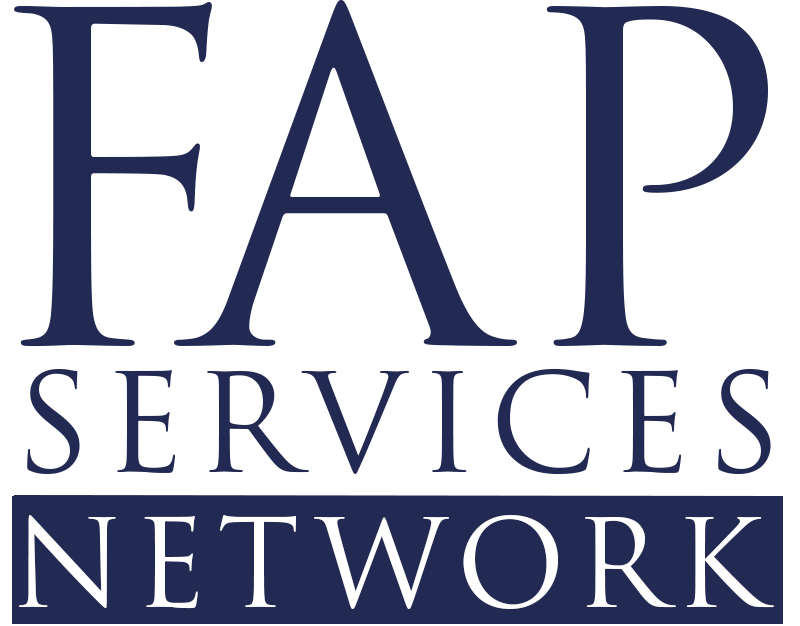Feeling confused about when and what disclosures should be given to clients who you engaged with before March 15th?
Don’t worry, you’re not alone. We recently held a webinar for our adviser businesses to explain our interpretation of an advisers disclosure obligations under the new financial scheme (Financial Services Legislation Amendment Act 2019).
While the new disclosure requirements are clear about what is required when advisers engage with new customers after March 15th, we found there was still some uncertainty for advisers about what they should do for their existing customers and for those customers that began the advice process prior to March 15th that are yet to complete.
 To recap, there are now four times that disclosure must be given:
To recap, there are now four times that disclosure must be given:
 To recap, there are now four times that disclosure must be given:
To recap, there are now four times that disclosure must be given:
- Disclosure 1: Your publicly available disclosure which must be available at all times to the public
- Disclosure 2: when the nature and scope of advice is known
- Disclosure 3: when advice is given
- Disclosure 4: when a complaint is received.

